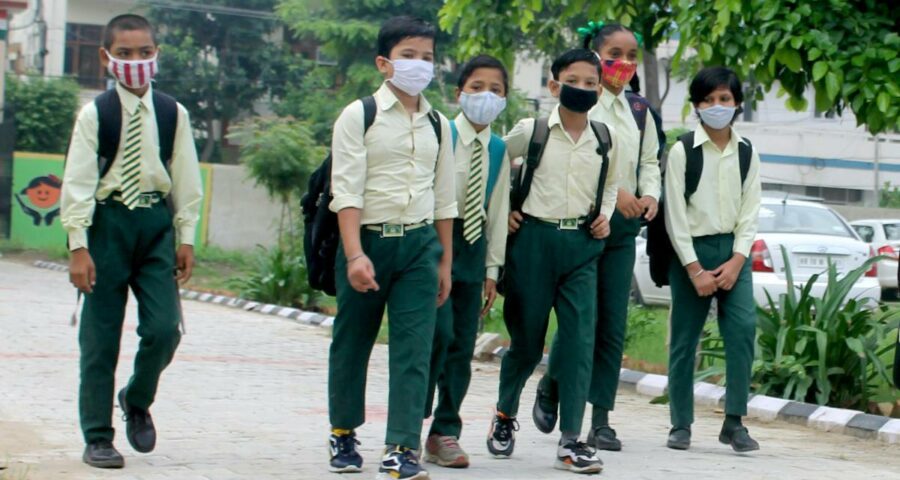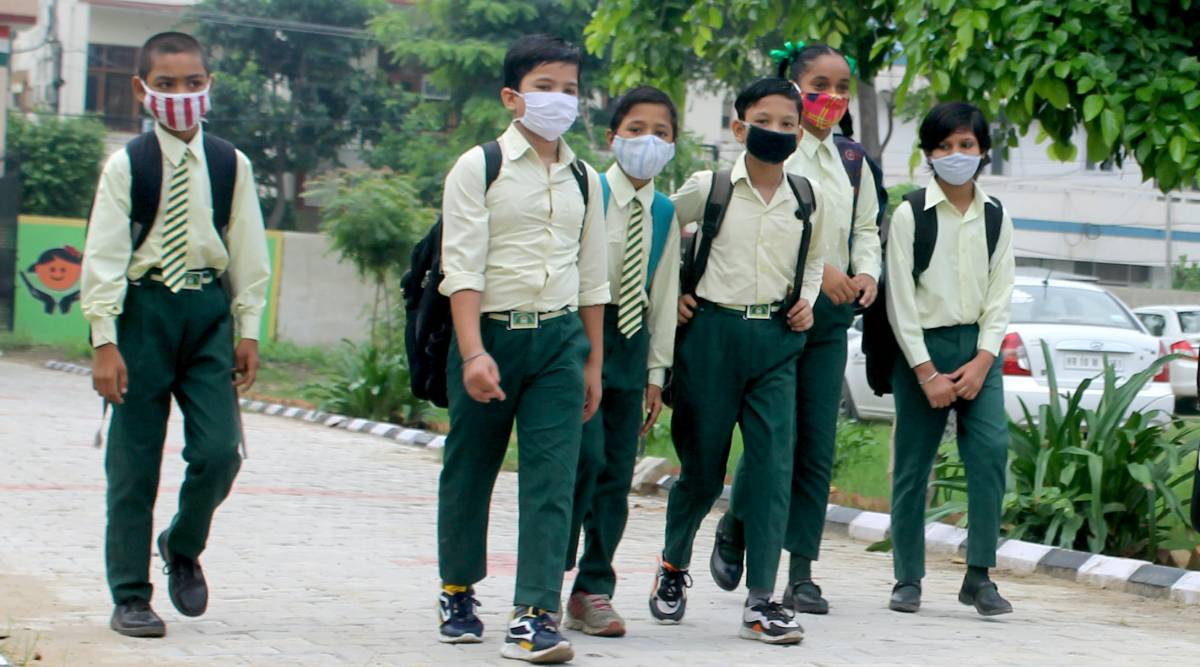Regarding access to smartphones for studying during Covid when children had to attend online classes, 67.6% children across India had a smartphone at home but still 26.1% had no access to a phone despite having one at home.
The Annual Status of Education Report (ASER) for Rural India, which is released by the ASER Centre — the autonomous research and assessment unit of Pratham Education Foundation — was made public on Wednesday.
Like ASER 2020, this year’s report too is a phone-based rural survey.
ASER 2021 was conducted in 25 states and three Union Territories and reached out to a total of 76,706 households and 75,234 children in the age group of 5-16 years in 581 districts across 17,184 villages. This time a total of 7299 schools were also contacted via phone — of which 4,872 had opened and 2,427 that had not opened.
In Punjab, the ASER 2021 survey was conducted across 3878 households in 596 villages of 20 districts and involved 2493 children, aged 5-16 years.
The sample survey, like last year, holds significance to assess the learning loss and changes in education of children, with schools remaining closed for more than a year since the outbreak of Covid in March last year.
This year the survey explored areas such as children’s enrollment in government and private schools, paid tuition classes, access to smartphones, learning support at home, access to learning material, among other crucial points, significant for learning during pandemic.
The report says that going with the national trend of increase in enrollment in government schools, in Punjab too, similar wave was witnessed. In 2018, 46% children in Punjab were admitted in government schools. In 2021, the number jumped to 52.8%. In neighbouring Haryana, where 41.8% children were enrolled in government schools till 2018, there was an increase of 6.6% between 2018 and 2021 with 48.3% students now enrolled in government schools.
Regarding access to smartphones for studying during Covid when children had to attend online classes, 67.6% children across India had a smartphone at home but still 26.1% had no access to a phone despite having one at home.
In Punjab, 89.9% children had at least one smartphone at home, but 1.1% could not access them. In Punjab this number has significantly increased since 2018, when just 64.3% children had smartphones at home indicating that during Covid, parents had to buy new phones for children as online classes became a necessity due to schools being closed for more than a year.
In Haryana, 86.3% children were found to have a smartphone at home, but 12.5% had no access to one. In Himachal Pradesh, a whopping 95.6% children had a smartphone at home and only 0.8% could not access them.
In Punjab 98.3% children had textbooks for their current grades but only 66.5% were receiving help from their family while studying at home.
Also, in Punjab, the percentage of children in the age group of 6 to 14, currently not enrolled in any school, has significantly increased from 0.9% in 2018 to 3.7% in 2021. Of this 3.7%, at least 4.6% were boys and 2.6% girls.
Source: Read Full Article


